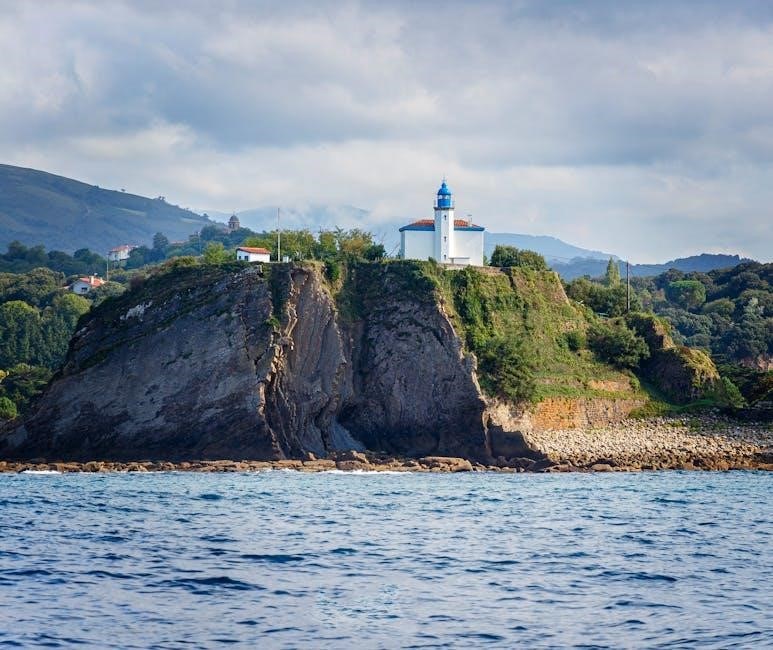how much to tip white water rafting guide
Tipping white water rafting guides is a customary way to show appreciation for their expertise and service. Typically, 10-20% of the trip cost is recommended, reflecting the quality of the experience and the guides’ professionalism.
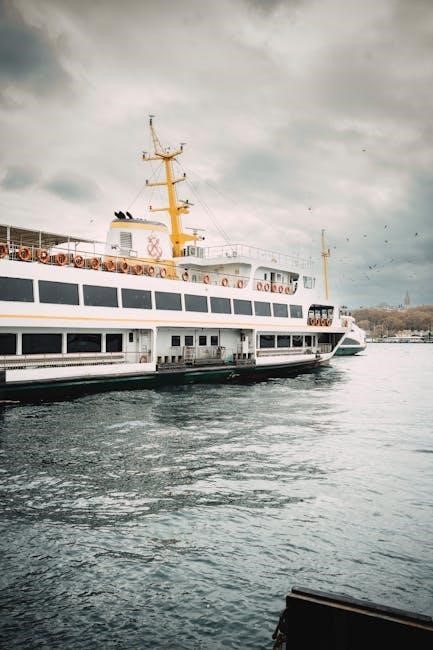
Understanding the Norms of Tipping in White Water Rafting
Tipping white water rafting guides is a widely accepted practice, reflecting appreciation for their expertise, safety measures, and efforts to enhance the overall experience. While there’s no strict rule, most participants tip between 10% to 20% of the total trip cost. This range is considered standard, similar to tipping in the service industry. For shorter trips, such as half-day excursions, a per-person tip of $3 to $5 is common, while full-day trips often see $5 to $7 per person. Multi-day adventures may increase this amount to $10 to $15 per person. Tips can be given directly to the guide or deposited into a shared envelope, often provided by the rafting company. Cash remains the preferred method, though some companies may offer alternative ways to leave gratuity. The timing of the tip usually occurs at the end of the trip, allowing participants to reflect on the guide’s performance and the quality of service provided. Ultimately, the amount tipped should align with the rafter’s satisfaction and the guide’s contribution to a memorable and safe experience.
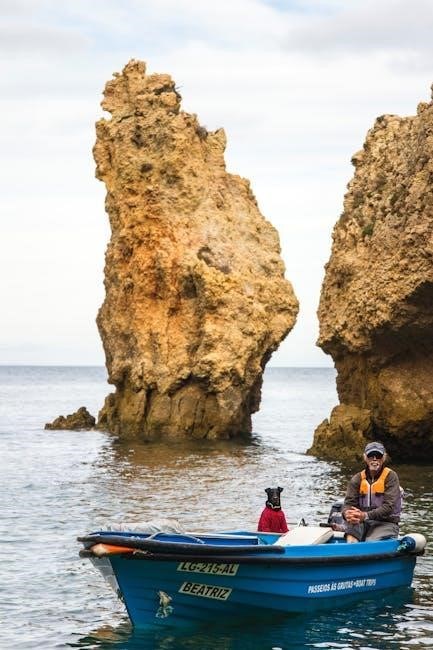
Factors Influencing Tip Amounts
Tip amounts for white water rafting guides are influenced by trip duration, service quality, and group size. Longer trips, exceptional guidance, and larger groups often result in higher tips, reflecting the guide’s effort and expertise.
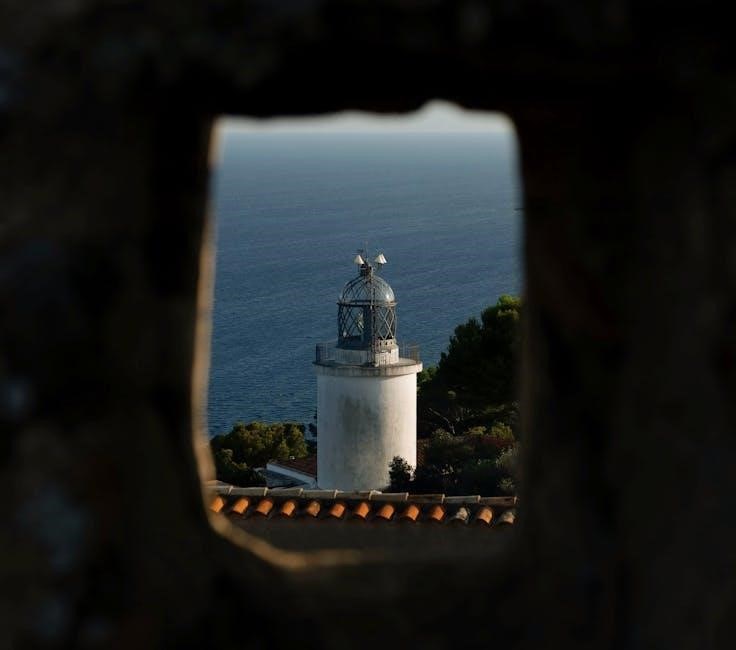
Duration of the Trip and Its Impact on Tipping
The length of a white water rafting trip significantly influences the tip amount. For half-day trips, tipping $3-5 per person is common, while full-day trips typically see $5-7 per person. Multi-day adventures often range from $10-15 per person, reflecting the extended service and effort. Guides on longer trips not only navigate the rapids but also manage meals and camp setups, adding to their responsibilities. As a result, guests often show greater appreciation through higher tips. The duration directly correlates with the guide’s time investment and the overall experience provided, making it a key factor in determining gratuity.
Per Person vs. Total Cost Tipping: Which is More Appropriate?
When deciding how to tip your white water rafting guide, you can choose between per person tipping or a percentage of the total trip cost. Per person tipping is straightforward, with half-day trips often seeing $3-5 per person, full-day trips $5-7, and multi-day trips $10-15 per person. This method is practical for smaller groups, as it ensures each participant contributes fairly. On the other hand, tipping a percentage of the total cost (10-20%) allows the tip to scale with the trip’s overall expense, making it suitable for larger groups or more luxurious experiences. Some guests prefer the flexibility of per person tipping, while others find the percentage-based approach more proportional to the service received. Ultimately, both methods are acceptable, and the choice depends on your personal preference and the group’s dynamics. Regardless of the approach, the tip should reflect the quality of service and the guides’ efforts to ensure a safe and enjoyable adventure.
Quality of Service and Its Role in Determining the Tip
The quality of service provided by your white water rafting guide significantly influences the tip amount. Exceptional guides who ensure safety, provide clear instructions, and enhance the overall experience often receive higher tips. For instance, if a guide goes above and beyond, sharing interesting facts or handling challenging situations skillfully, a larger tip is warranted. Conversely, if the service is unsatisfactory, you may adjust the tip accordingly. Many guests consider the guide’s professionalism, enthusiasm, and ability to make the trip enjoyable when deciding how much to tip. Some recommend tipping on the higher end of the scale for outstanding service, while others suggest a minimum amount for average experiences. Ultimately, the tip should reflect your satisfaction with the guide’s performance and the memorable experience they helped create. By considering the quality of service, you ensure your tip is a fair representation of the value you received during your adventure.

Guidelines for Tipping
When determining how much to tip, consider tipping 10-20% of the total trip cost or $5-15 per person for half-day trips, $10-20 for full-day trips, and $20-30 for multi-day adventures, reflecting the quality of service and experience.
Percentage-Based Tipping: 10% to 20% of the Total Cost
Tipping white water rafting guides using a percentage-based approach is a common practice, with 10% to 20% of the total trip cost serving as a standard guideline. This method allows the tip to reflect the overall expense and quality of the experience. For instance, if a half-day trip costs $100, a tip of $10 to $20 is appropriate. Similarly, for a full-day trip priced at $200, a tip of $20 to $40 would be suitable. This range accounts for the guide’s expertise, safety measures, and efforts to ensure an enjoyable journey. It also aligns with tipping standards in other service industries, such as restaurants, where 15% to 20% is customary. By using this percentage-based approach, you can express gratitude proportionally to the cost and quality of the service received, ensuring your tip is both fair and meaningful.
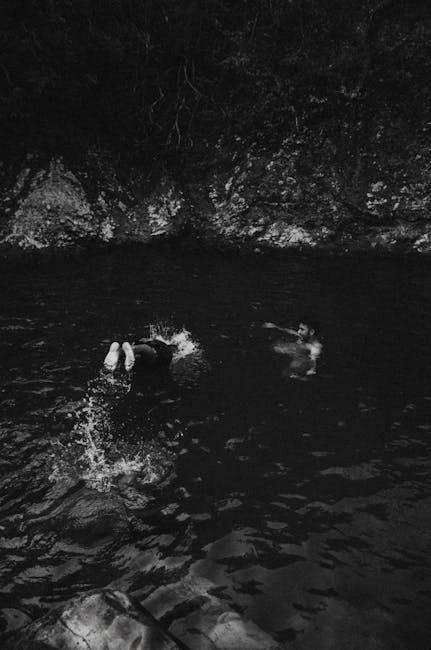
Per Person Tipping Rates for Different Trip Durations
When determining how much to tip your white water rafting guide, considering the duration of the trip can provide a helpful framework. For a half-day trip, a tip of $3 to $5 per person is commonly recommended. This amount reflects the shorter time spent on the water and the guides’ efforts during the abbreviated excursion.
For a full-day trip, the per person tipping rate typically increases to $5 to $7. This adjustment accounts for the longer time spent guiding and the additional responsibilities that come with a full-day adventure, such as managing meals or extended river time.
Multi-day trips, such as a two-day excursion, often see higher per person tips, ranging from $10 to $15. This reflects the guides’ extended involvement, including overnight setups and more comprehensive service throughout the journey.
These rates serve as general guidelines, and the actual tip should align with the quality of service and the overall experience provided by the guides.
Considering the Overall Cost and Group Size
When deciding how much to tip your white water rafting guide, it’s essential to consider both the overall cost of the trip and the size of your group. For smaller groups, the per person tipping rates remain straightforward, but for larger groups, the total tip can add up quickly.
A general rule of thumb is to tip between 10% to 20% of the total trip cost. For example, if the trip costs $200, a tip of $20 to $40 is considered appropriate. This percentage-based approach ensures that the tip reflects the overall expense and the guides’ efforts in providing a memorable experience.
Group size also plays a role in determining the tip. Larger groups may naturally contribute more to the total tip, but it’s important to ensure that the per person contribution remains fair and proportional. Whether you’re rafting with a few friends or a larger party, the key is to base the tip on the quality of service and the overall cost of the adventure.

Practical Considerations
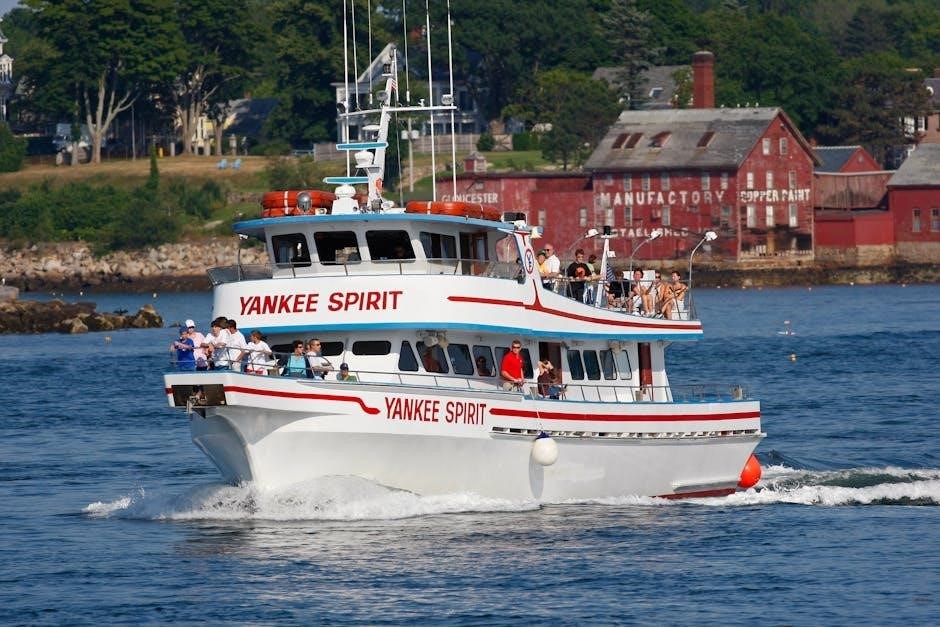
Tipping white water rafting guides is typically done at the end of the trip, often during the last night or lunch on the final day. Cash is the preferred method, though some companies provide envelopes for notes and tips. Always check if gratuity is included in the package to avoid double-tipping.
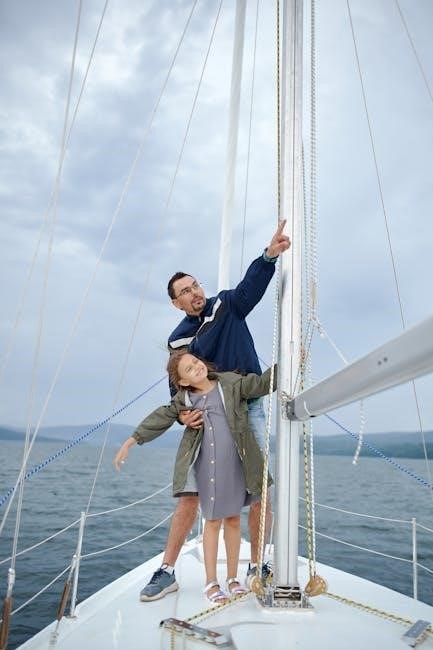
When to Give the Tip: Timing and Method
The timing and method of tipping your white water rafting guide are important considerations to ensure your appreciation is conveyed respectfully and efficiently. Based on the information provided, it is customary to present the tip at the end of the trip, typically during the last night or at lunch on the final day. This allows you to reflect on the entire experience and show gratitude for the guide’s efforts throughout the journey. Cash is the preferred method of tipping, as it directly benefits the guide. Some rafting companies provide envelopes in their offices for guests to leave cash along with a personal note, adding a thoughtful touch to the gesture. However, it is essential to confirm whether gratuity is already included in the trip package to avoid double-tipping. By following these guidelines, you can ensure that your tip is both appropriate and appreciated. This approach not only honors the guide’s service but also aligns with common practices in the industry, making the experience pleasant for everyone involved.
Company Guidelines and Recommendations
Many white water rafting companies provide guidelines or recommendations regarding tipping to help guests navigate this aspect of their trip. While some companies do not have formal tipping policies, they often acknowledge that tipping is a common practice and appreciated by guides. For instance, Glacier Raft Company and Glacier Anglers & Outfitters suggest that tipping is optional but often expected, reflecting the service industry norm. Some companies provide envelopes in their offices for guests to leave cash tips along with personal notes, making the process convenient and organized. These envelopes serve as a thoughtful way to express gratitude for the guide’s efforts. Additionally, many companies align their recommendations with general tipping standards, suggesting 10-20% of the trip cost as a benchmark. However, it is always advisable to check if gratuity is already included in the trip package to avoid double-tipping. By adhering to company guidelines, guests can ensure their appreciation is appropriately conveyed, supporting both the guides and the company’s tipping culture. This approach fosters a positive experience for everyone involved.
Tipping white water rafting guides is a thoughtful way to acknowledge their expertise and service. Reflecting the quality of your experience, a tip of 10-20% of the total cost is a standard expression of gratitude for their professionalism and dedication, ensuring a memorable adventure for all participants.
Deciding on an Appropriate Tipping Method
Choosing the right tipping method for your white water rafting guide involves considering both the total cost and the number of participants. One common approach is to calculate 10-20% of the trip’s total cost and distribute it evenly among the group. This ensures that the tip reflects the collective appreciation for the guide’s efforts. Alternatively, tipping per person, with rates varying based on trip duration, is another practical method. For instance, a half-day trip might warrant $3-5 per person, while a full-day trip could range from $5-7 per person, and multi-day excursions may call for $10-15 or more per participant. Ultimately, the tipping method should align with your comfort level and the quality of service received, ensuring that your gratitude is expressed appropriately without financial strain.
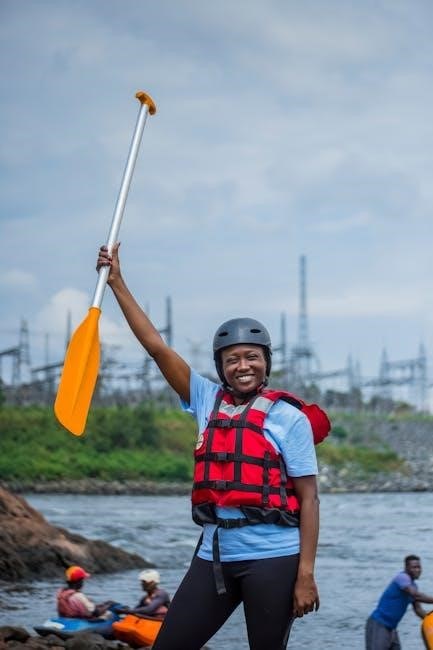
Final Thoughts on Showing Appreciation Appropriately
Tipping white water rafting guides is a meaningful way to acknowledge their hard work, expertise, and dedication to ensuring a safe and enjoyable experience. While there are general guidelines, the tip amount should ultimately reflect your satisfaction with the service and the overall quality of the trip. Consider the guide’s professionalism, knowledge, and ability to enhance your adventure when deciding how much to give. If you feel your guide went above and beyond, a higher tip within the recommended range is appropriate. Cash remains the most common and preferred method, though some companies provide envelopes for tips. Remember, tipping is optional but deeply appreciated in this service-oriented industry. By showing gratitude in a thoughtful and fair manner, you not only recognize your guide’s efforts but also contribute to the positive culture of the rafting community. Your tip is a direct way to say thank you for an unforgettable experience on the water.
